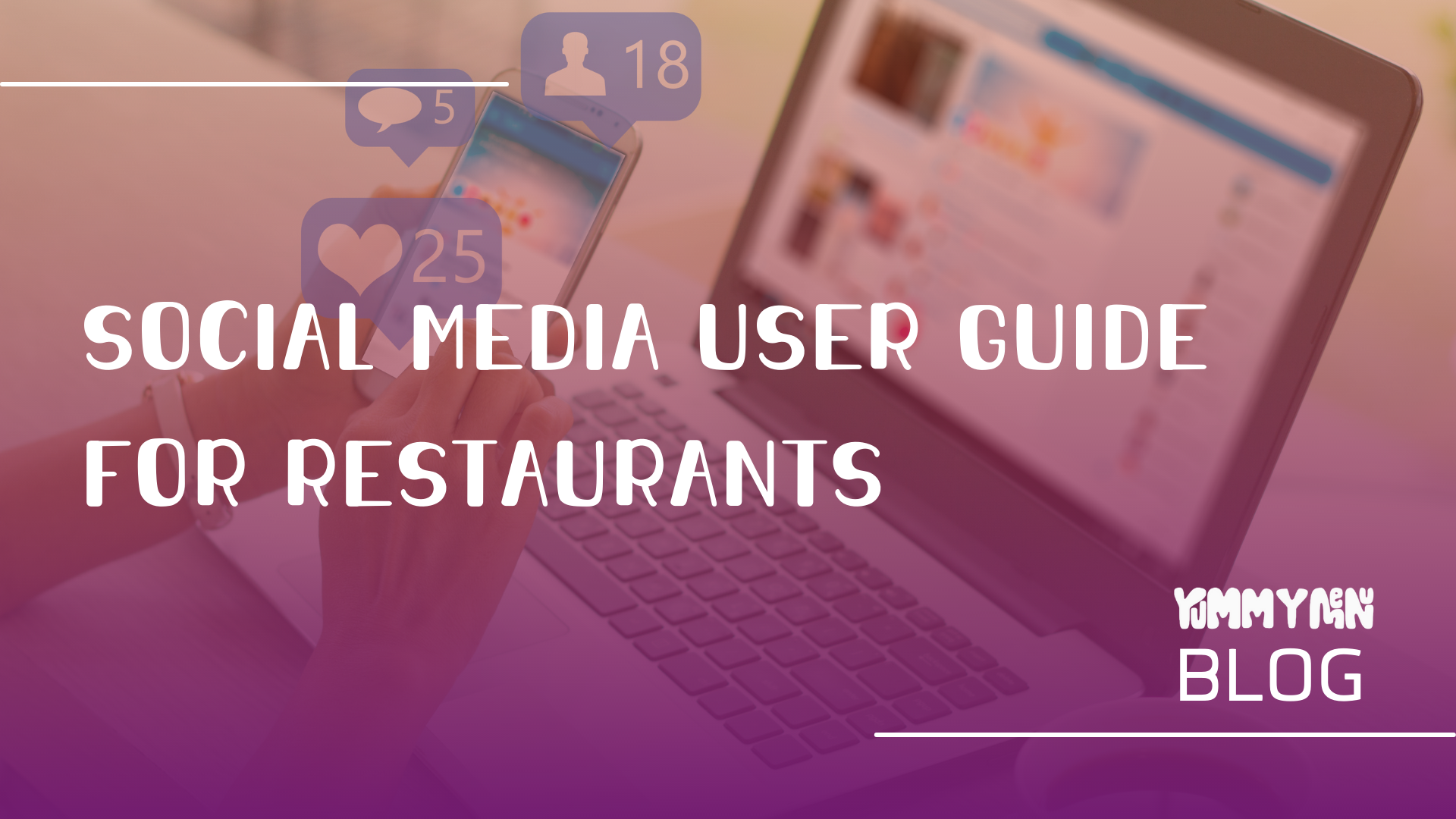
Social Media User Guide for Restaurants
Social media has become a powerful tool for restaurants to connect with their customers, build brand awareness, and drive business growth. To help restaurants effectively navigate the world of social media, here is a user guide with some essential tips:
-
Choose the Right Platforms: Start by identifying the social media platforms that align with your target audience. Facebook, Instagram, and Twitter are popular choices for restaurants, but platforms like TikTok or Snapchat may also be relevant depending on your target demographic. Focus on platforms where your customers are most active.
-
Create a Consistent Brand Image: Establish a cohesive brand image across all social media platforms. Use consistent colors, fonts, and visual elements in your profile pictures, cover photos, and post designs. This consistency helps customers recognize and remember your restaurant.
-
Engaging Content Strategy: Develop a content strategy that reflects your restaurant's personality and resonates with your audience. Share a mix of mouth-watering food photos, behind-the-scenes glimpses, staff highlights, special promotions, and customer testimonials. Experiment with different content formats like videos, stories, and live broadcasts to keep your audience engaged.
-
Showcase Your Food: Food is the star of your restaurant, so make sure to share appetizing and high-quality photos of your dishes. Invest in good lighting and presentation to make your food look irresistible. Use descriptive captions to engage followers and provide details about the ingredients or cooking process.
-
Engage with Customers: Social media is a two-way street. Respond to comments, messages, and reviews in a timely and friendly manner. Show appreciation for positive feedback and promptly address any concerns or negative feedback. Engaging with customers fosters a sense of community and loyalty.
-
Leverage User-Generated Content: Encourage customers to share their experiences by using branded hashtags, hosting contests, or running photo competitions. Repost user-generated content (with permission) to showcase authentic customer experiences. This not only builds a sense of community but also serves as social proof for potential customers.
-
Promote Special Offers and Events: Use social media to promote special offers, discounts, or limited-time menus. Create a sense of urgency and exclusivity to drive more foot traffic or online orders. Additionally, leverage social media to promote upcoming events, live music nights, or themed dining experiences.
-
Collaborate with Influencers: Partner with influencers or local food bloggers to increase your restaurant's reach and visibility. Influencers can share their experiences, post reviews, and create engaging content featuring your restaurant. Choose influencers whose audience aligns with your target demographic for maximum impact.
-
Utilize Local Listings and Reviews: Claim your restaurant on platforms like Google My Business, Yelp, and TripAdvisor. Keep your business information up to date and encourage satisfied customers to leave positive reviews. Respond to reviews, both positive and negative, to show your commitment to customer satisfaction.
-
Monitor Analytics and Adjust: Regularly review social media analytics to understand which posts perform well, the demographics of your audience, and the best times to post. Use these insights to refine your content strategy and make data-driven decisions to optimize your social media presence.
Remember, social media is an ongoing process that requires consistency, engagement, and creativity. By leveraging social media effectively, restaurants can build a strong online presence, attract new customers, and foster long-term relationships with their audience.
